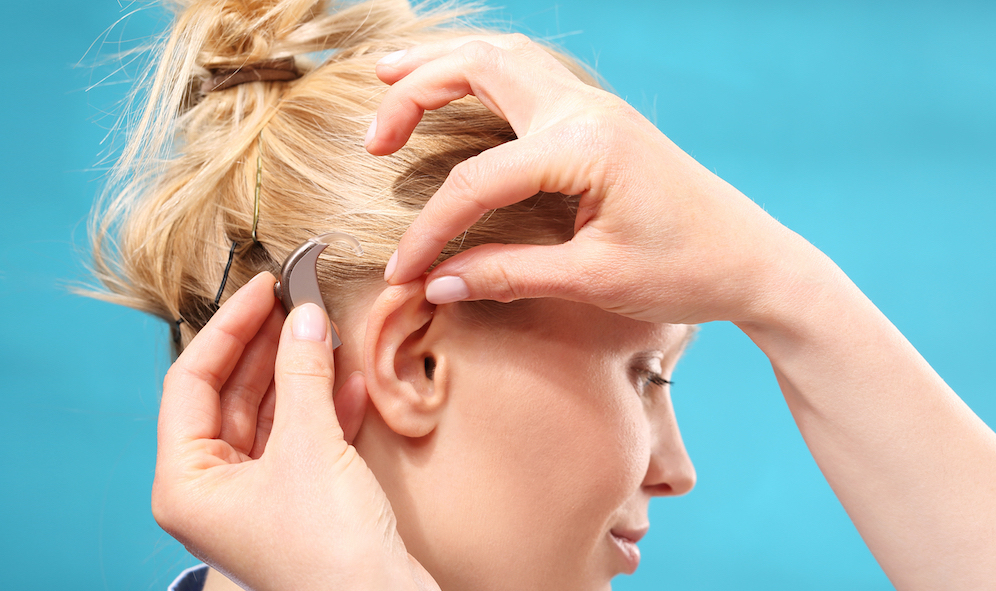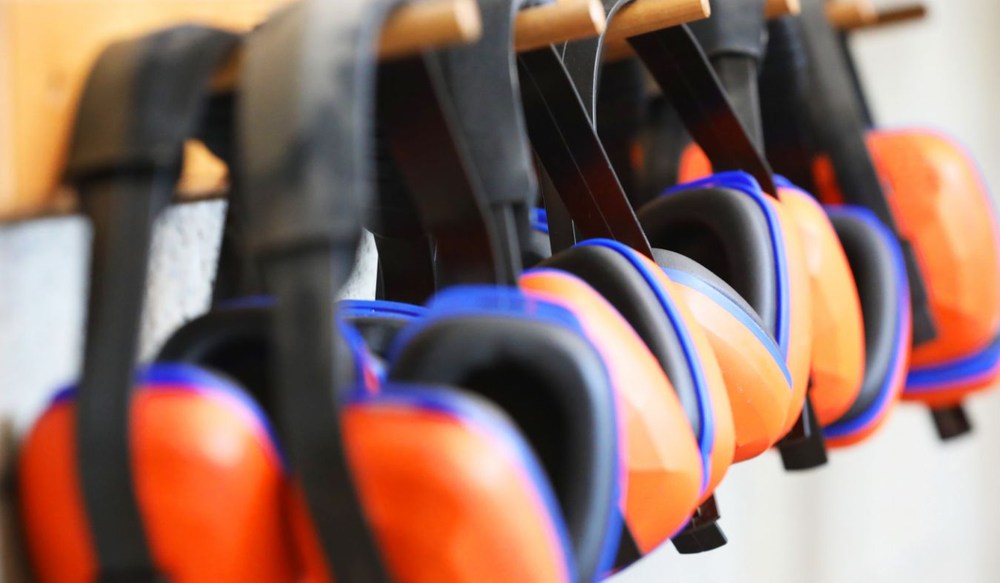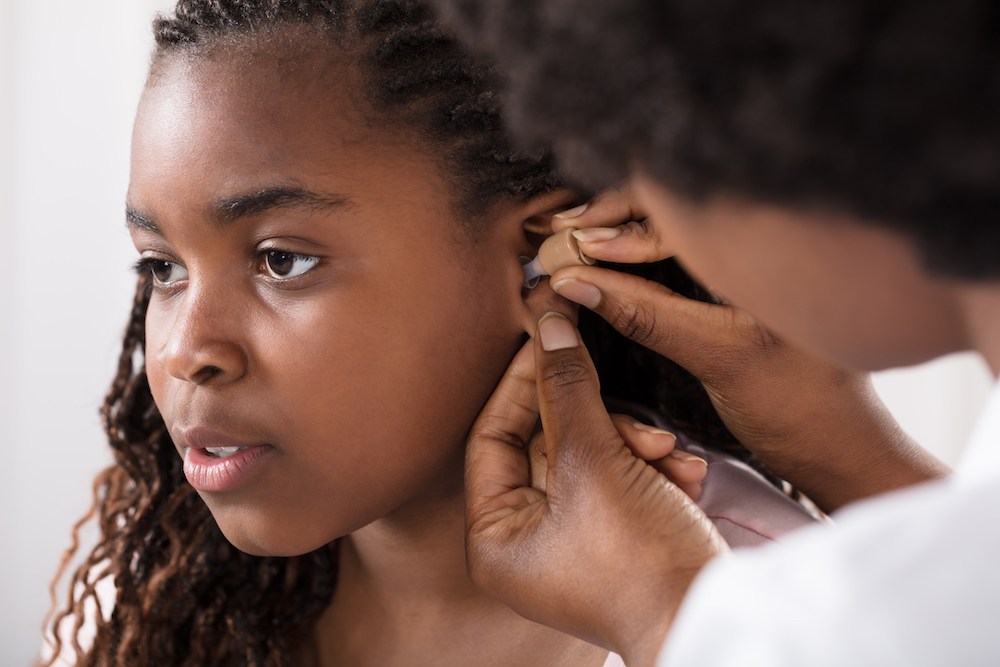What Young Adults Should Know About Hearing Protection
Hearing protection might not be something most young adults think about,
We’re Hiring! Click Here to Learn More About Our Career Opportunities →

Once your new hearing aid is ready, your audiologist will schedule your hearing aid fitting. Using this guide to hearing aid fittings, you can prepare yourself for your appointment.
When you first arrive at your hearing aid fitting, your audiologist will discuss your hearing condition. You’ll have received the results of your hearing test before this appointment. Your audiologist will review that info again to ensure you understand your hearing condition properly. At this stage, you’ll have a chance to ask any questions you have about your type of hearing loss.
Next, your audiologist will examine your ear with an otoscope. An otoscope is an instrument that is used to peer inside your ears. Your audiologist will assess the shape of your ear to help them with the fitting. They will ensure that there is no excess earwax, as this will make it difficult to fit the hearing aid.
The next step is to ensure that the earmold and the hearing aid fit correctly. Your audiologist will insert the earmold and assess how tight it is. They will take the earmold out and put it back in to ensure it’s the perfect fit. Your audiologist will check the hearing aid to make sure it’s comfortable. The goal of the hearing aid fitting is to ensure that the hearing aid works properly and does not cause discomfort.
Next, your audiologist will conduct a REM test. A ‘real ear measurement’ test is used to ensure that the hearing aid offers the correct frequencies and sound amplification. Your audiologist will test your hearing while using the hearing aid. They will match the amplification to your needs. As part of the REM test, your audiologist will insert a small tube into your ear. They will play sounds through headphones and check which sounds you can hear.
During your hearing aid fitting, your audiologist will provide you with information about your hearing aid. They will tell you how to use your devices and how to take care of them. They will ensure that you can adjust them if you need to. You’ll be given a lot of information, so you may want to take a few notes to help you. Ask any questions that you have to help you get the best use out of your hearing aid.
Your audiologist will book a follow-up appointment, which will be about four weeks after your hearing aid fitting. Before your next appointment, you should make a note of how you’re getting on with your hearing aid. Consider the following:
Ideas like these can help you to assess how effective your new hearing aid is. If you’ve had any problems, you can talk about them during your follow-up appointment.

Hearing protection might not be something most young adults think about,

Hearing loss usually starts gradually, making it hard to notice right

Choosing the right hearing aid for your needs is about more than just